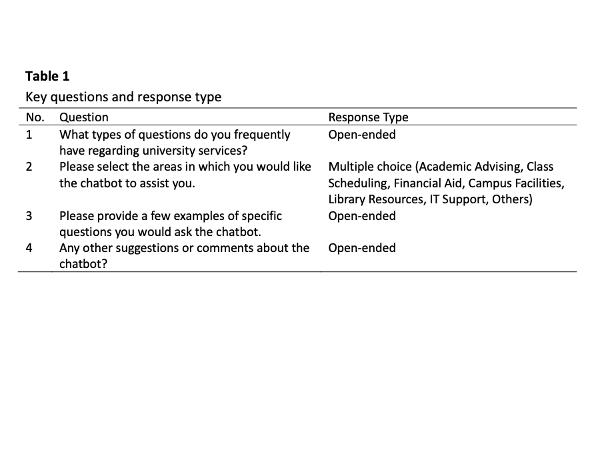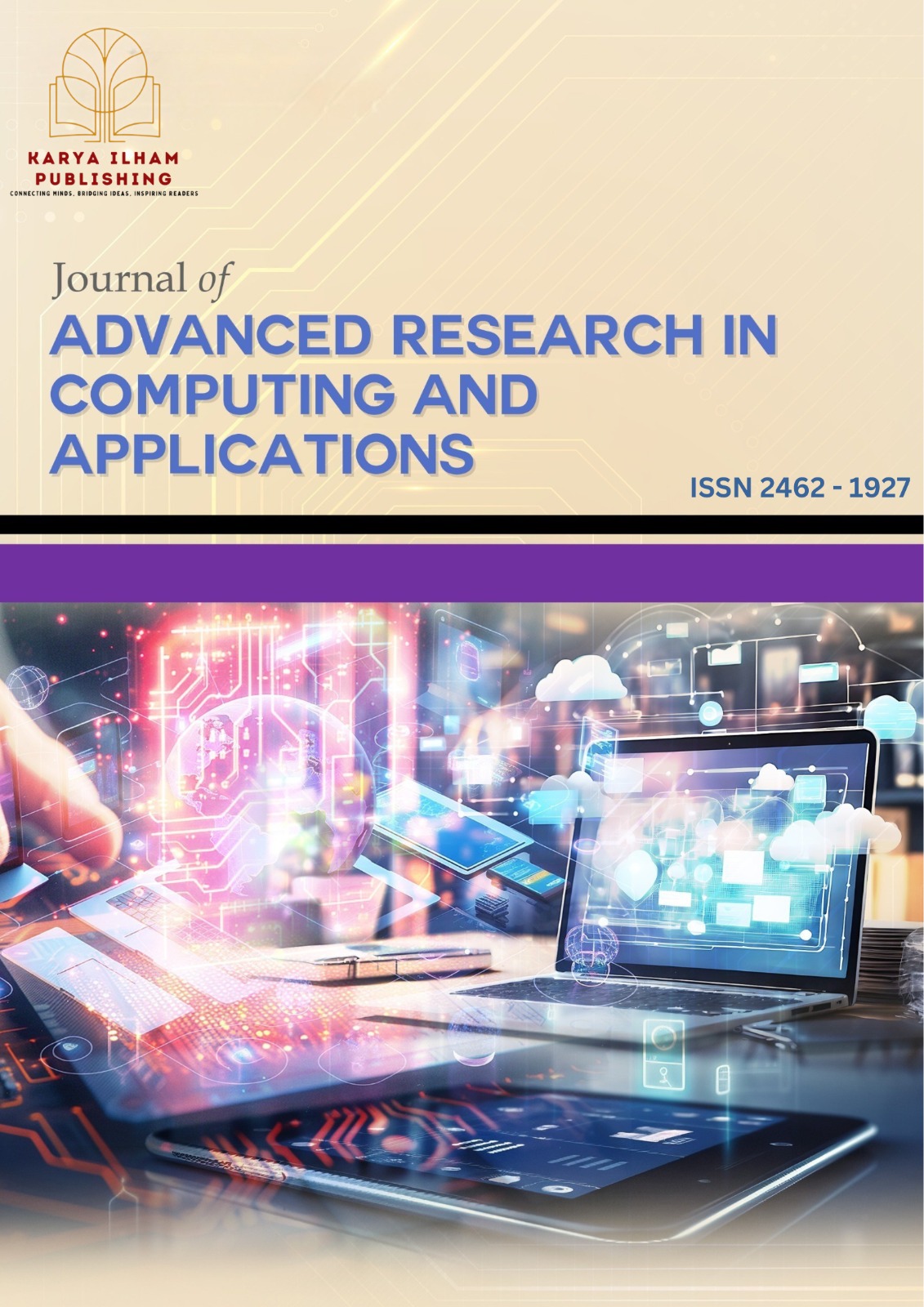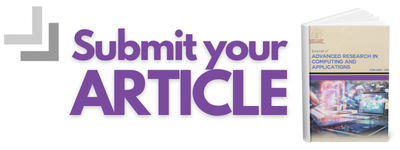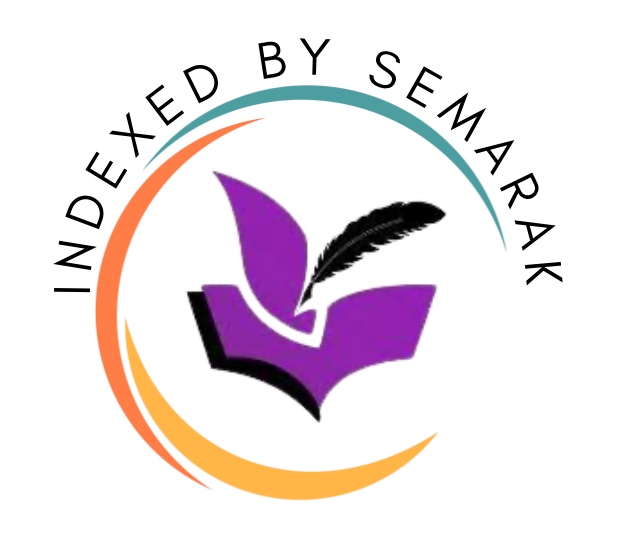Designing AI Chatbots for Higher Education: A Study on Student Needs and Preferences
DOI:
https://doi.org/10.37934/arca.39.1.87100Keywords:
Ai chatbot, user requirement, user expectations, student needs, university chatbotAbstract
The use of chatbots in higher education has been on the rise as institutions seek creative ways to improve student support services. Nonetheless, many university students still face difficulties in accessing timely and accurate information regarding academic matters, administrative processes, and campus facilities. This research explores the needs and expectations of students in developing an AI chatbot for a Malaysian university. The overall aim is to identify the types of questions students typically ask and how a chatbot can better serve and support them. A total of 76 students from a university participated in a Google Form survey comprising both close-ended and open-ended questions. Their responses were analyzed using thematic analysis to identify recurring themes and issues. These issues were categorized into areas such as academic inquiries, administrative support services, campus facilities, and system access. Additionally, students' preferences regarding the features and functionalities of a chatbot were also gathered to determine what would provide maximum benefit. The findings indicate that students strongly support the development of a university chatbot that is fast, easy to use, and capable of answering a broad range of questions. Many also highlighted the need for real-time feedback, convenient access to university systems, and active communication. Furthermore, students who are shy or prefer working independently found chatbots particularly helpful. Overall, the findings confirm a clear need for a specially tailored AI-based chatbot suited to university environments. The study presents key considerations for developers to address in order to meet student needs and enhance the overall digital support experience. Future improvements should include ongoing testing, regular content updates, and integration with existing university systems.
















